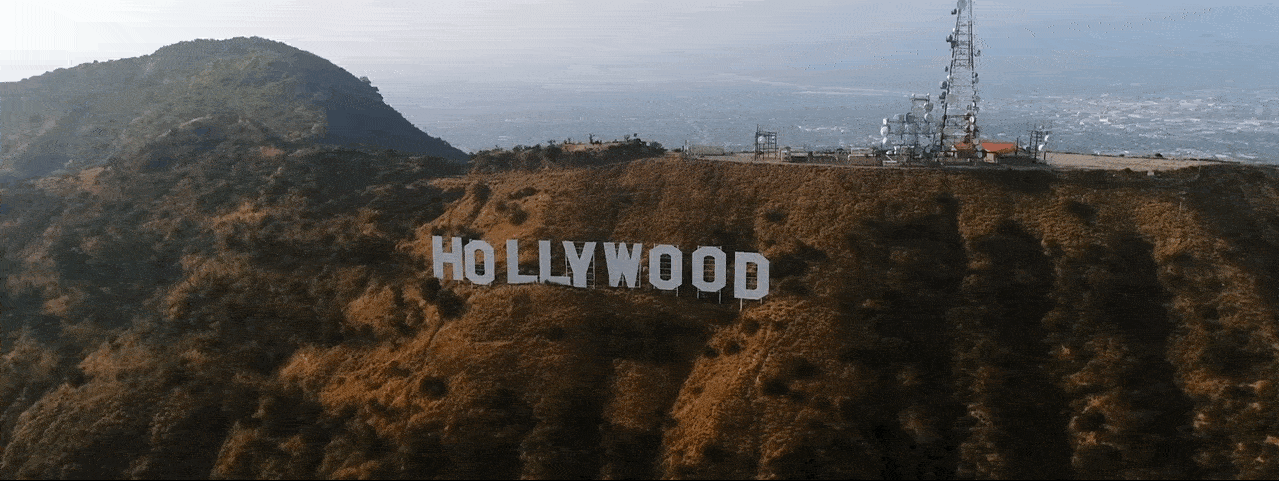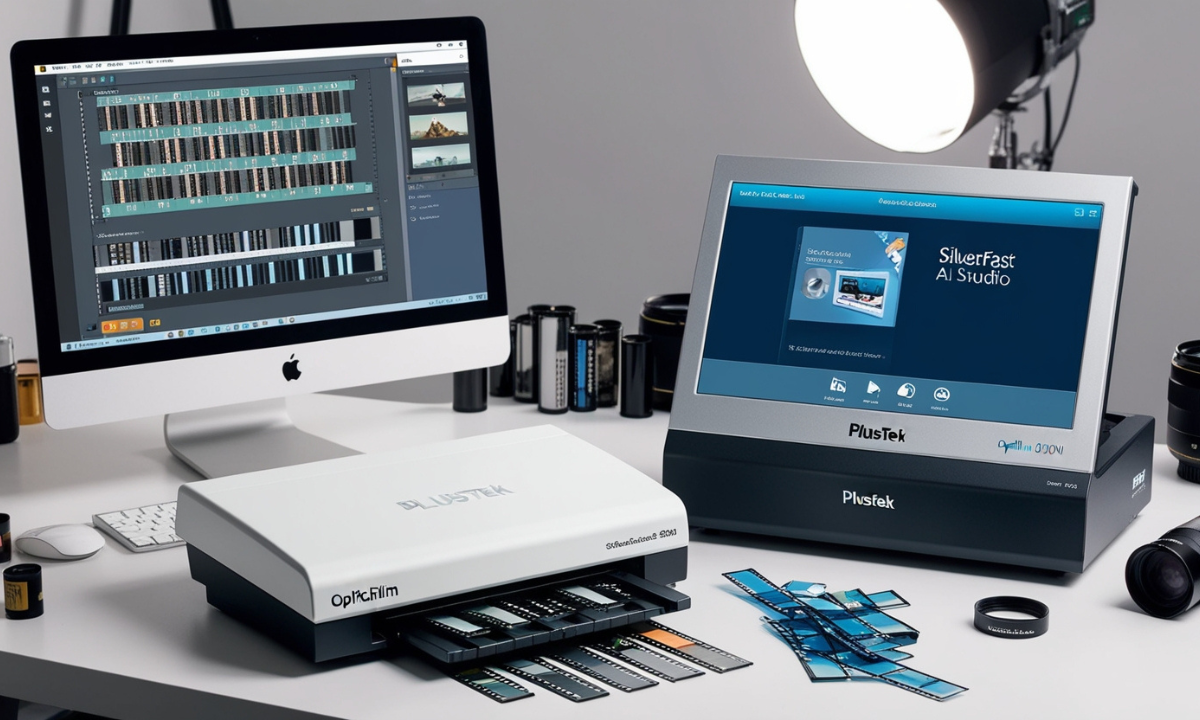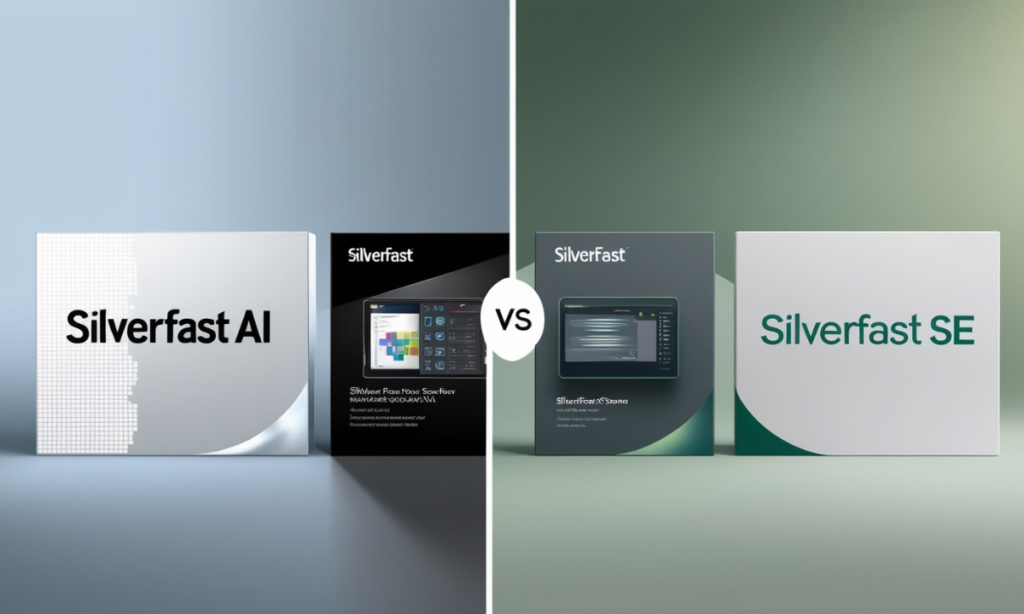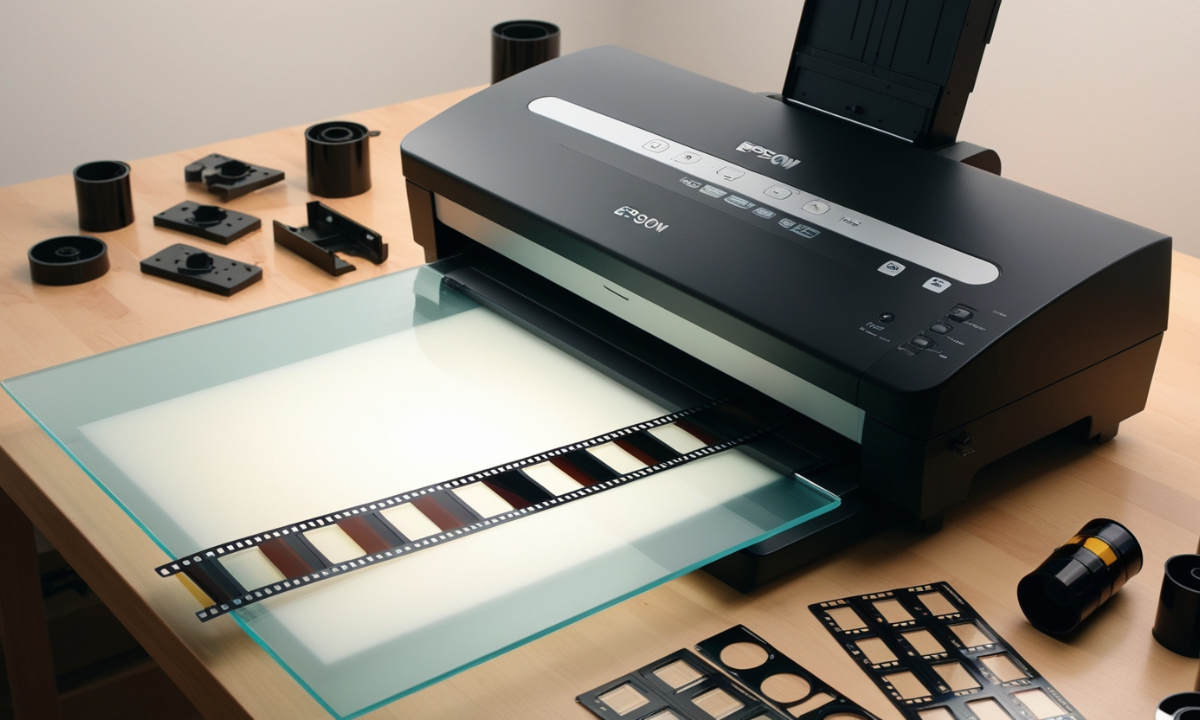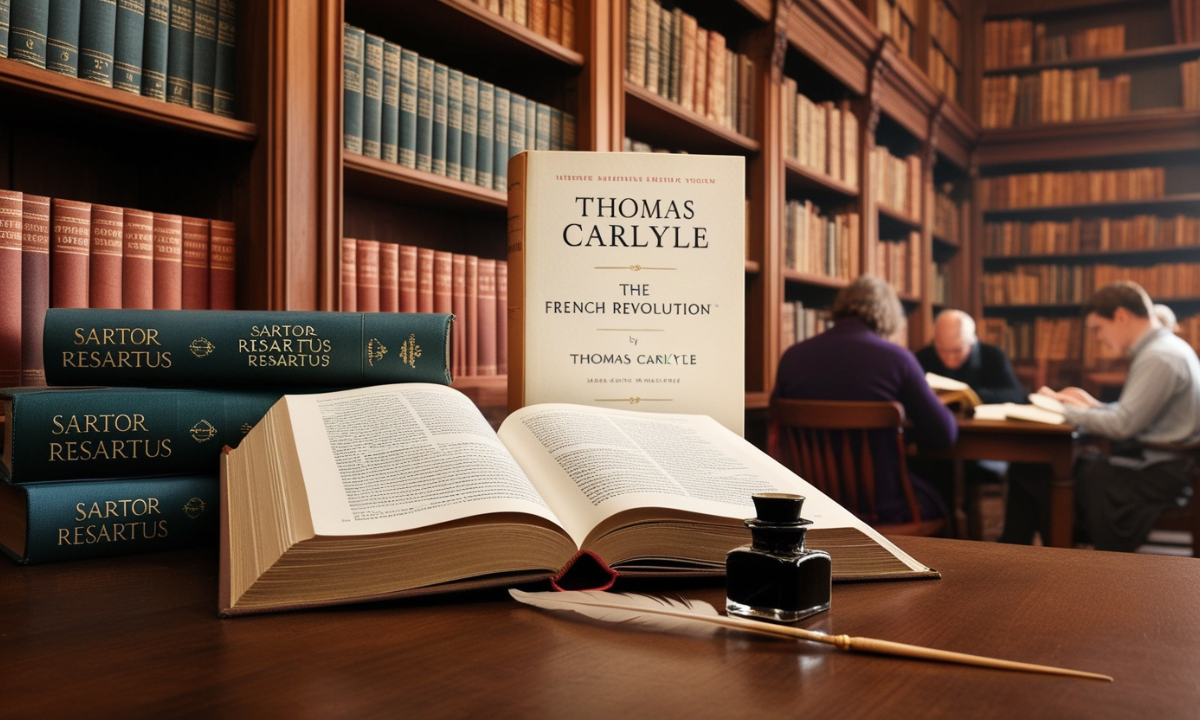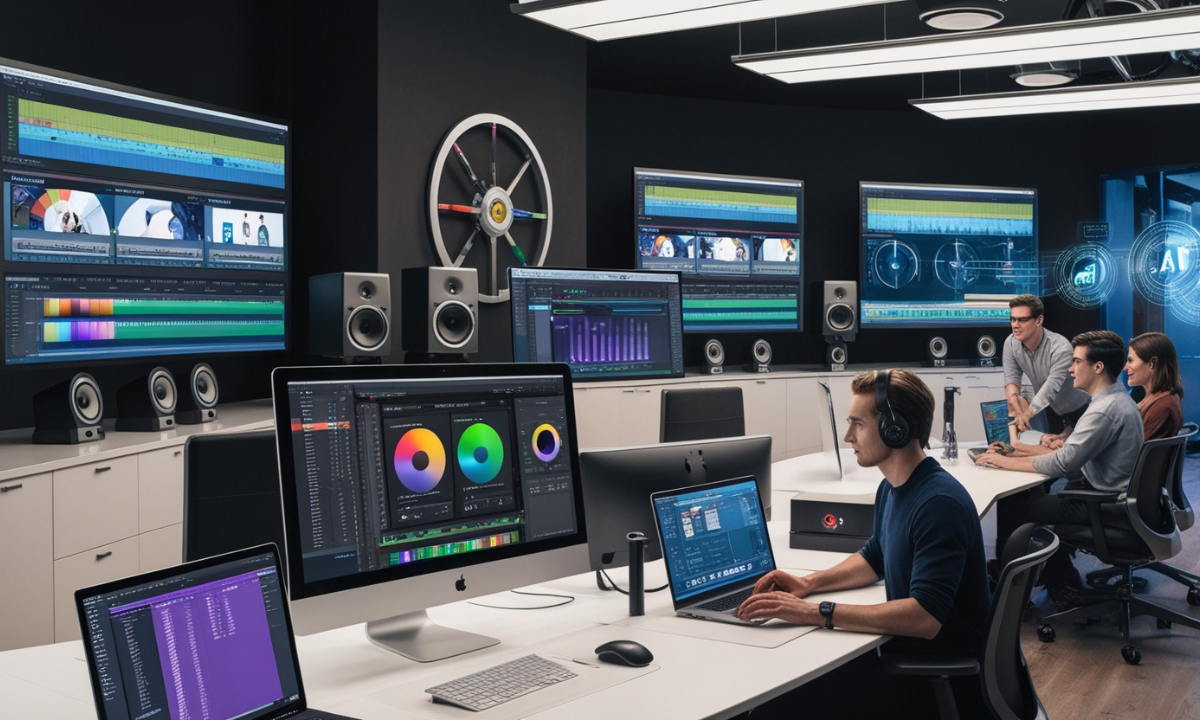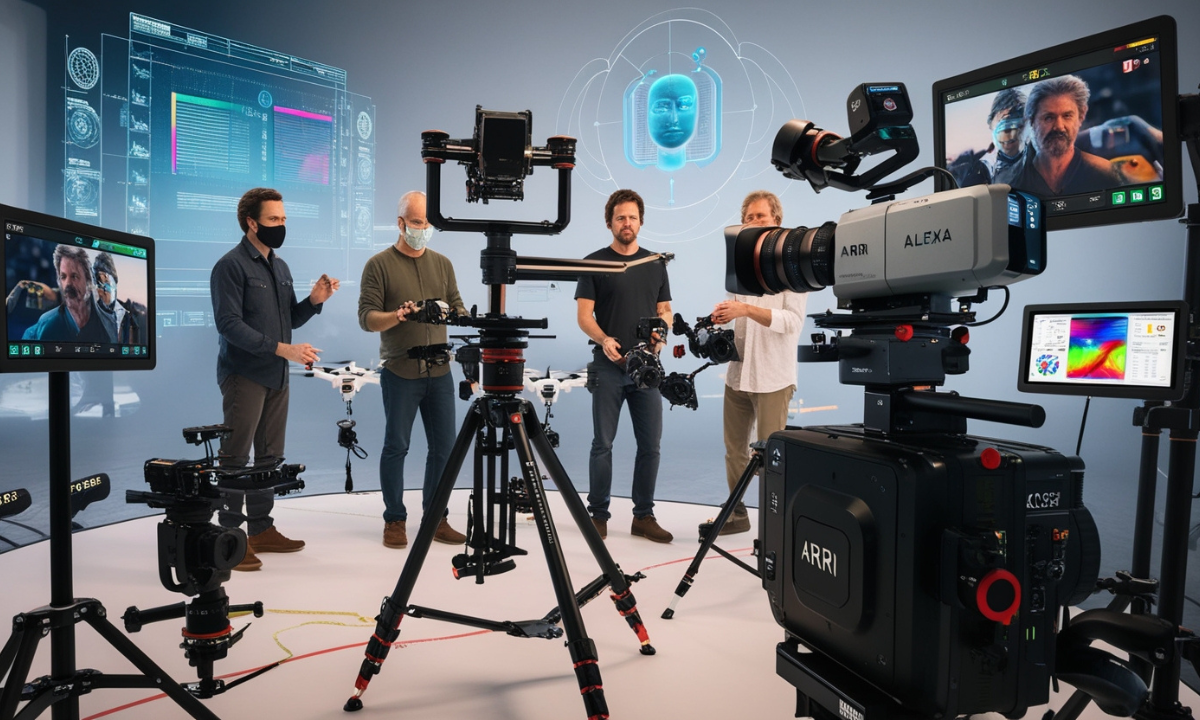Which Plustek 8000 model should I get for scanning 35mm film? and is likely to resonate with readers who are searching for specific advice on choosing between models within the Plustek 8000 series.
The Plustek 8000 series, in particular, provides specialized film scanners that deliver great quality, dpi resolution, and a large dynamic range. It can also scan various types of films, such as negatives and transparencies.
This article will help you understand the different models within the Plustek OpticFilm 8000 series and their key characteristics and specifications. It will assist you in making an informed choice when purchasing any of the models for 35mm film feedback.
Key Takeaways
- The Plustek OpticFilm 8200i is an excellent choice for professional photographers who need advanced features such as dust and scratch removal and high dpi resolution.
- The Plustek OpticFilm 8100 is a more affordable model for home users. It still offers 7200 dpi resolution but lacks some advanced features, like infrared scanning.
- Both models support SilverFast Ai software, but the 8200i Ai version includes more advanced options for color calibration and multi-exposure scanning.
- When scanning 35mm negatives and slides, Plustek scanners provide superior image quality compared to flatbed scanners.
- To select the right model, consider your scanning needs, such as film types and the importance of dynamic range.
Overview of the Plustek OpticFilm 8000 Series
Also, the Plustek OpticFilm series is meant for 35mm negative and slide scanning; in contrast to flatbed scanners, which are versatile for general purposes and might include several very useful additional features, professional film scanners tend to emphasize the clarity of images obtained from film negatives.
The Plustek 8000 series’ OpticFilm 8100 and OpticFilm 8200i models are ideal choices for converting film prints into digital format.
What Makes a Dedicated Film Scanner Different?
For instance, the Plustek OpticFilm series dedicated film scanners are constructed to meet the peculiarities of analog photography.
There is improved optical resolution, better color accuracy, and wider dynamic range than ordinary flatbed scanners.
One of the most accurate regards the type of scanner, which is designed for high-resolution scanning of film strips and slides and is suitable for professionals and amateurs so that they can archive their images at optimal quality.
Key Features to Consider
- DPI Resolution: Both the Plustek 8100 and 8200i models offer 7200 dpi resolution, which facilitates the scanning of 35mm negatives and slides to the level of detail of the originals.
- Dust and Scratch Removal: With the 8200i model, scanning dust and scratch insufflation is conducted at the scanning stage employing infrared scanning devices.
- Software: The 8200i Ai model includes SilverFast Ai Studio, which has more image correction functions. LB 8100 is supplied with SilverFast SE, a simpler version.
- Dynamic Range: Since the dynamic range is higher now, the scanner will capture more detail in the highlights and shadows of the film itself.
Comparison of Plustek OpticFilm Models
| Feature | Plustek OpticFilm 8200i Ai | Plustek OpticFilm 8100 |
|---|---|---|
| Resolution (dpi) | 7200 | 7200 |
| Dust and Scratch Removal | Yes (Infrared) | No |
| Dynamic Range | 3.6 | 3.6 |
| Software | SilverFast Ai Studio | SilverFast SE |
| Price Range | Higher | Lower |
Which Model Should You Choose?
Selecting either the Plustek 8100 or the Plustek 8200i Ai will depend mostly on the scanning requirements and the serrated budget breakdown for each model. Each model has its unique advantages.
Plustek OpticFilm 8200i Ai
The features of this model are excellent for specialists who prefer to minimize the number of corrections to the scanned images.
An infrared dust and scratch removal system would come in handy and help save a lot of time when scanning old or damaged film.
Also, the software suite SilverFast Ai Studio includes even more sophisticated features, such as the possibility of multi-exposure scanning, thanks to which highlights and shadows in the image are obtained in more detail, thus improving the dynamic range.
Benefits of the 8200i Ai
- Infrared Scanning: It gets rid of dust and scratches automatically without the need for manual retouching.
- Advanced Software: SilverFast Ai Studio Advanced color correction and IT8 calibration can be done even in SilverFast Ai Studio without compromising image quality.
- Professional Results: This product is designed for those who wish to print or catalog images in the highest possible quality.
Plustek OpticFilm 8100
For non–professional scans within the budget or to unbeholden users, the Plustek OpticFilm 8100 is a decent solution.
It still has 7200 dpi resolution, which is enough for home scanning needs. However, the machine does not feature an infrared scanning device, thus you will have to clean up the images after scanning to remove the dust and scratches.
The SilverFast SE software bundled with the 8100 has simple image editing capabilities, although it is devoid of the high-end features that one would find in the Ai Studio version.
Benefits of the 8100:
- Affordable Price: This is a very good choice for users who wish to give their work a professional touch by embossing high-resolution scans but cannot afford to do so.
- Good Image Quality: Without infrared technology, one might expect poor quality scanning, but because of the 7200 dpi resolution, the scans are quite impressive even when done using eyes and hands.
- Basic Software: Sandra Nise and quite loved the full version free trial version. Ai Studio is certainly not on that level, but it’s more of that still a basic image editing tool, and adjustments along with other capabilities are SilverFast SE.
The Role of DPI in Film Scanning
In the process of scanning 35mm, the resolution of the scanner becomes a fundamental aspect.
The trueOpticFilm 8100 and 8200i Ai both output true 7200 dpi. In layman’s terms, they can extract quite a substantial amount of detail from films. For most of the users, this resolution proves to be sufficient for making enlargements or some detailed digital images.
How DPI Affects Image Quality
To many people Paris is the most beautiful city in the world. A more important characteristic is DPI, which means the number of dots per inch.
The larger the dpi of the scan, the more information it presents. At the maximum setting of 7200 dpi, the 35 mm scan will be about 69 megapixels, thus on par with a high-end full-frame digital DSLR.
This then brings us to the Plustek OpticFilm series, where the option of enjoying the images in a digitized format without compromising on the quality is available.
What DPI Do You Need?
- 7200 dpi: Optimal for graphic designers for making big images or storing images that are of utmost importance and need the greatest detail possible.
- 3600 dpi: More than adequate for most who intend to share their work via the internet or print moderate-size pictures.
While most users will feel that scanning at 3600 dpi gives a fair size versus quality ratio, the option to scan even larger at 7200 dpi is useful, especially for those who enjoy film photography or are archivists.
Recommended DPI for Different Uses
| Use Case | Recommended DPI |
|---|---|
| Large Prints | 7200 dpi |
| Online Sharing | 2400-3600 dpi |
| Archiving | 7200 dpi |
| General Home Scanning | 3600 dpi |
Software: SilverFast Ai vs. SilverFast SE
The difference in the software provided bundled between the Plustek OpticFilm 8200i Ai and 8100 remains one of the key distinguishing aspects. As said, both the models have the SilverFast software, but they contain different versions of it, with all the versions making sense and functional.
SilverFast Ai Studio
SilverFast Ai Studio is a strong editing software that can be characterized as a professional dedicated to tasks related to the OpticFilm 8200i Ai. It contains all the functions that allow for color corrections, for controlling the exposure, and for multi-exposure scans.
What this software does include, however, in the Ai Studio version, is the ability to create ICC profiles, which are used for different films in the negative slide scanning business.
Besides, the multi-exposure technique also increases the dynamic range by collecting more information from the highlights and shadows for increased detail and lesser noise.
SilverFast SE
Slightly below this is the SilverFast SE software, which is the accompanying software package for the OpticFilm 8100 and the users’ last survival. Although this software can perform high-quality scans and provides adjusting tools for brightness, contrast, and color, it is not as comprehensive as the Ai Studio version.
With SilverFast SE, most domestic users who do not require such image correction can comfortably scan ordinary crystal-clear images without much difficulty.
Software Features Comparison
| Feature | SilverFast Ai Studio (8200i Ai) | SilverFast SE (8100) |
|---|---|---|
| Multi-Exposure Scanning | Yes | No |
| Dust and Scratch Removal | Yes (Infrared) | No |
| Color Calibration with ICC | Yes | No |
| Advanced Editing Tools | Yes | Basic |
Handling Dust and Scratches in Film Scanning
It is no secret that one of the most difficult and frustrating tasks when scanning 35mm film is removing dirt and scratches on the surface.
Since these negatives and slides are not often used, over time, they can gather dust or get scratched, which heavily impacts the quality of the scan.
The Plustek OpticFilm 8200i Ai tends to this problem through the use of infrared scanning technology, which identifies and erases dust and scratches automatically whilst preserving the quality of the scan.
Why Dust and Scratch Removal Matters
There’s a dust and scratch removal feature that comes in handy with older films or Kodachrome slides that have old surfaces and, therefore, are covered in dust.
In its absence, users would have no other option than to clean every frame manually or use complex software such as Photoshop after the process to remove all imperfections, which can take a lot of time.
What is Dynamic Range and Why Does it Matter in Film Scanning?
The array of colors in a print is also affected when slides, 35mm film stock, or films are scanned onto archival scanners.
Such reverse tonal units promise too little during filmography or scanning, so images print shadows in absolute black, dominating colors, white being the lost detail.
This is especially important for incorporating such details in negatives or slides where there are intricate details, such as in Kodachrome slides.
It also means that there is a great amount of constructive interference which assists proper bearing regard to tonal berg, therefore higher quality of the film is produced than will be gotten using the wider image.
How Dynamic Range Affects Scans
The images produced by such a scanner may yield washed-out highlights and excessively dark and detail-less shadow areas due to a low dynamic range.
This is especially true in highly detailed slides and negatives like Kodachrome slides.
Higher dynamic range contributes to a better depiction of tonal gradations in the reproduced photo, enabling the viewer to see pictures a step closer to the original quality of the particular film.
For example, the Plustek OpticFilm 8200i Ai has a dynamic range of 3.6, which is a good feature for a film scanning mode.
It helps maintain the information contained in the original image by adjusting different levels of brightness, and therefore, it makes it easy to retrieve bright as well as dark areas in an image.
This is especially relevant for those who professionally shoot or store photography on film and aim to hold on to shadows and highlights.
Comparing Plustek to Other Film Scanners (Epson, Nikon)
Speaking of a dedicated film scanner, one of the questions that should be raised is how Plustek OpticFilm scanners are positioned among such well-known brands as Epson and Nikon.
Each company has its own advantages and disadvantages, yet Plustek is still very much at the top of those who need 35 mm film scanning without compromise.
Epson Flatbed Scanners
Epson has produced flatbed scanners such as the Epson V600 or Epson V850, which allow scans of prints, documents, and films.
Although they are rated to scan 35mm film works, they could not be compared to the film scanners based on the Plustek OpticFilm series.
In general, a film scan with the flatbed means that the timing will be faster, but the results in terms of the dpi resolution and the dynamic range are generally less than in a dedicated film scanner, possibly resulting in poorer scans.
For instance, the highest resolution Epson V600 is 6400 dpi, versus Plustek, which manufactures its true 7200 dpi scanners.
My Opinion
To sum this up, the two absolute favorites, Plustek OpticFilm 8200i Ai and Plustek OpticFilm 8100, are 35mm trays for images and slides, but let’s stress the difference.
Clearly, the first and the correct decision is 8200i Ai because it is aimed at specialists requiring more advanced features such as dust and scratch removal, multi-exposure scanning, or advanced custom color calibration.
In contrast, the 8100 is a low-cost solution for amateur or house users who still desire quality scans but do not require any more features used by professionals.
In selecting between the two models, try to judge how much of the postprocessing work you will be ready to undertake and how critical are infrared dust removal and dynamic range optimizing to your workflow.

